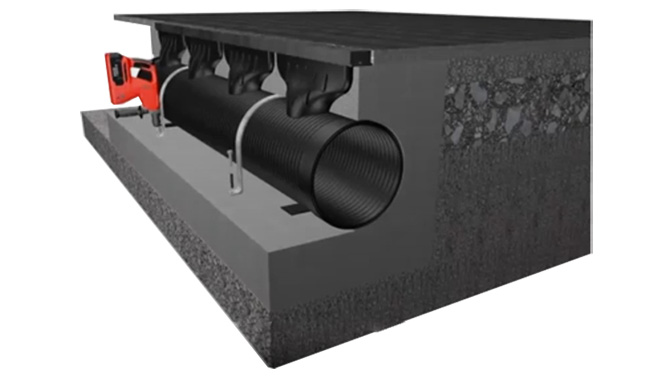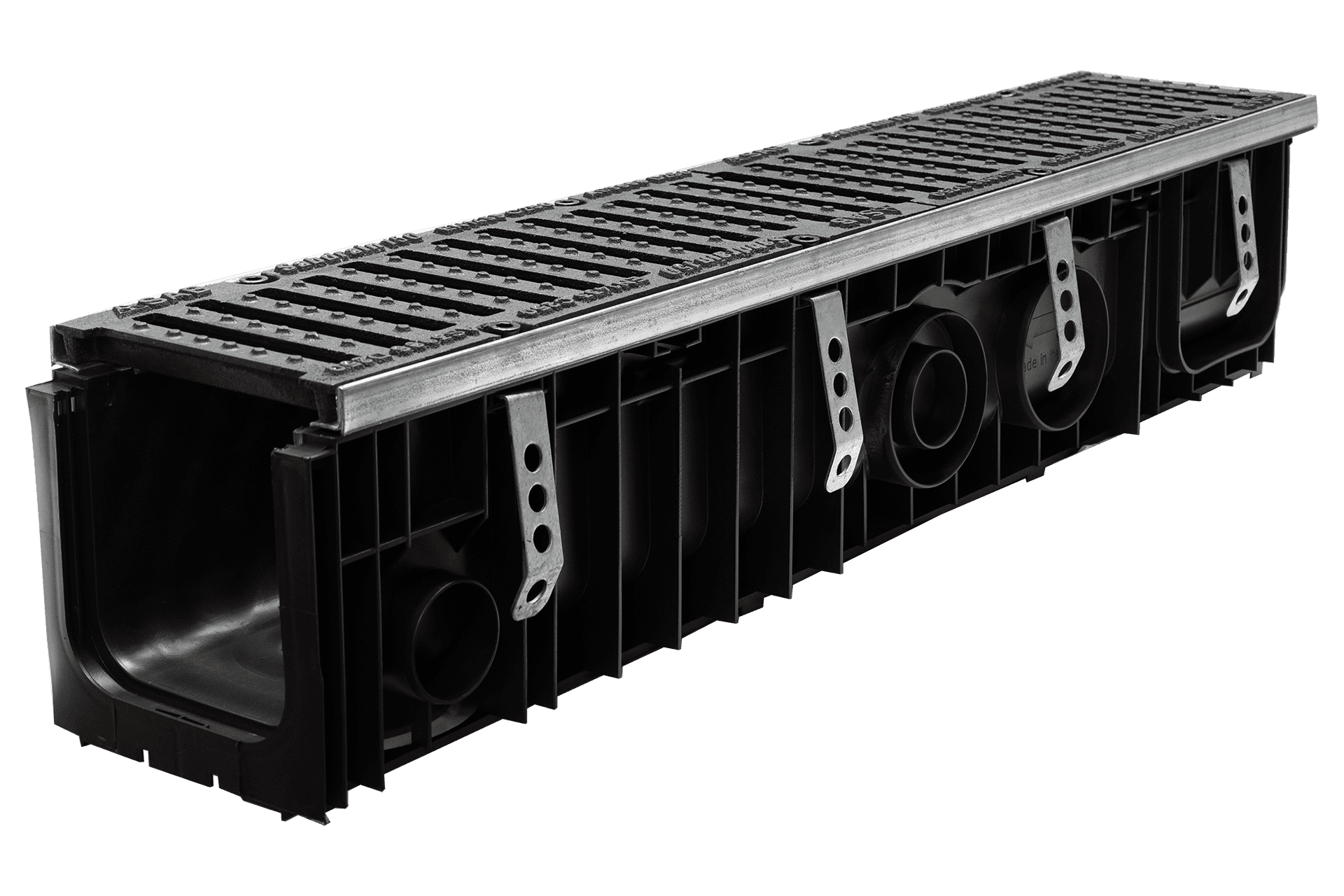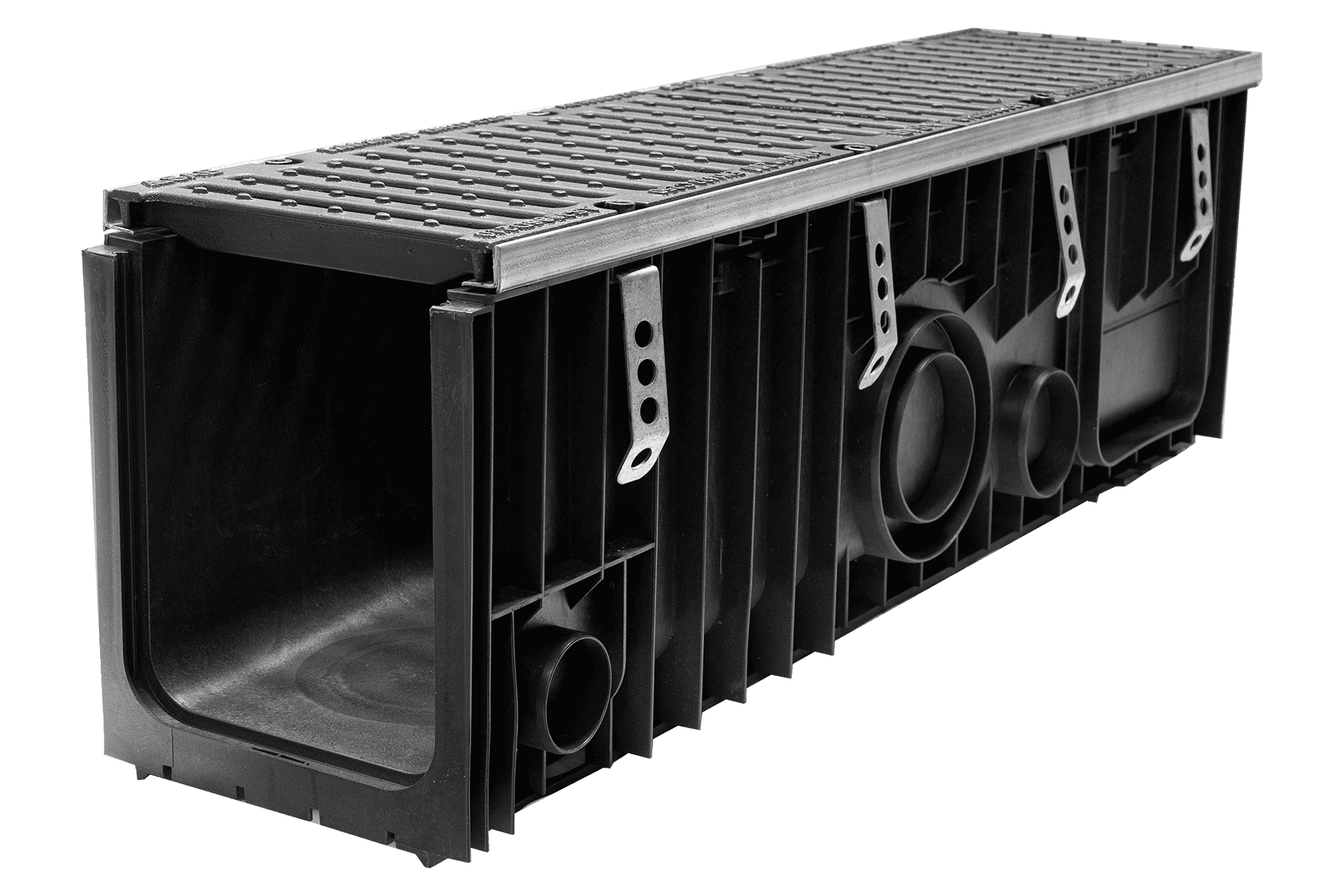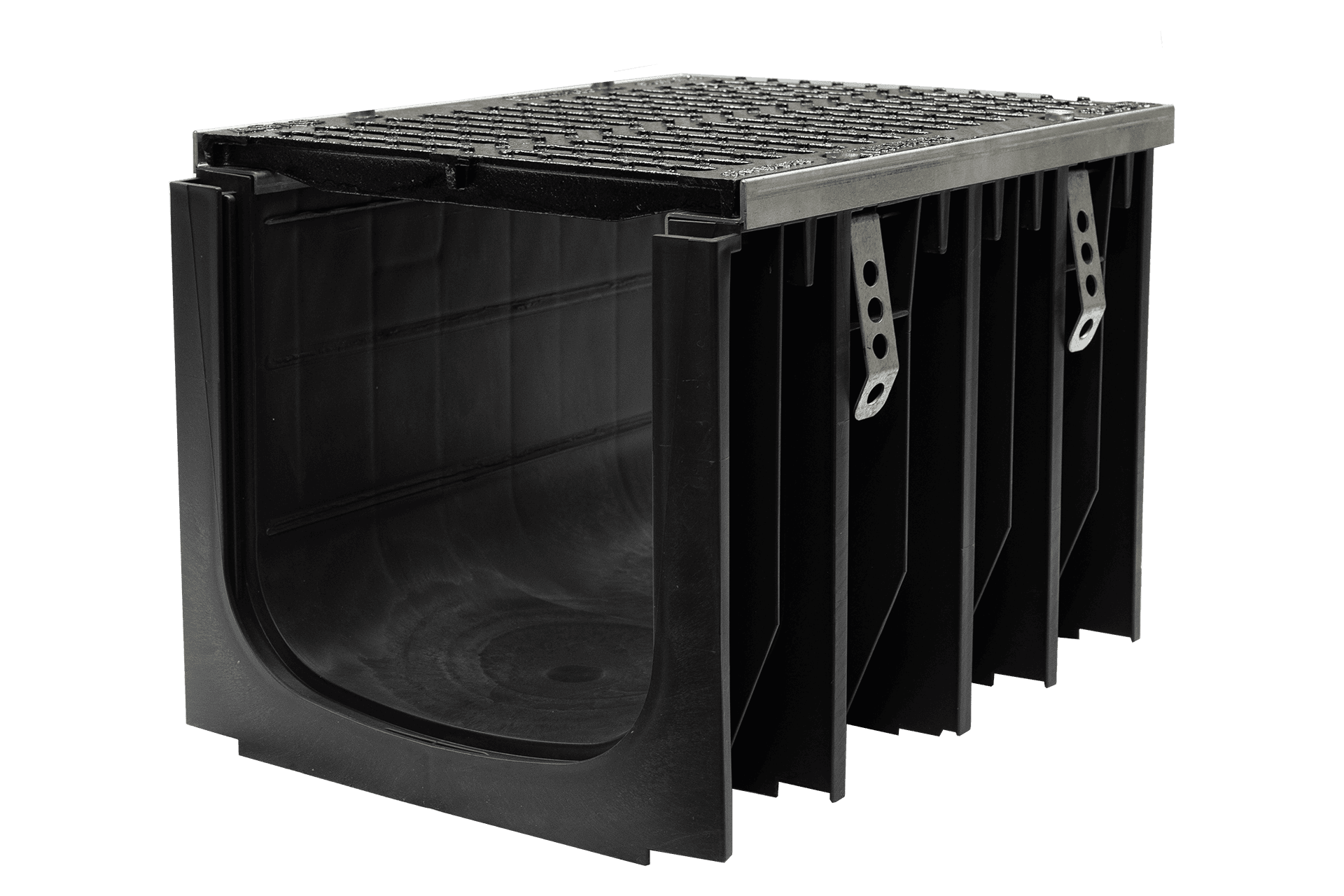An adequate drainage system for the removal of surface water in, and around airport infrastructure is vital for the safety of aircraft and for the long service life of the pavements. Improper drainage results in the formation of puddles on the pavement surface which can be hazardous to aircraft taking off and landing poor drainage can also results in the early deterioration of pavements. Efficient airport drainage systems are critical in maintaining runway safety, preventing waterlogging, and ensuring operational efficiency.
Purpose of Airport Drainage
The functions of an airport drainage system are as follows:
- Interception and diversion of surface and ground water flow originating from lands adjacent to the airport.
- Removal of surface run off from the airport
- Prevention of pooling in crucial areas such as runways
Importance of Airport Drainage
Safety Concerns
- Reduced friction between the aircraft tyres & surface.This can lead to decreased braking effectiveness, reduced tire grip and increases the risk of hydroplaning.
- Longer stopping distancesStanding water can increase the distance required for an aircraft to safely stop after landing. An example of this is the crash of TAM Airlines Flight 3054. Incompetent drainage resulted in the accumalation of water on the runways surface. The flight overran the runway after landing and crashed into a nearby warehouse. The plane exploded on impact, killing all 187 passengers and crew on board.
- Impaired steering & directional controlWater accumulation on the runway can interfere with the planes ability to maintain proper steering and directional control.
- Engine Ingestion RisksWhen an aircraft moves through standing water, the liquid can be ingested into the engines. This can lead to engine performance issues, flameouts, or even engine failure,
- Reduced visibilityStanding water on the runway can create spray or mist when an aircraft is in motion, reducing visibility for pilots during critical phases of flight
Operational Efficiency
- Minimizing delays & cancellations
- Reducing maintenance costsWhen water pools it can cause the material to expand and contract, leading to cracks & potholes.
Environmental Impact
- Preventing water pollutionPreventing water pollution is a key aspect of airport drainage, as untreated stormwater runoff can carry pollutants like oil, chemicals, and debris into nearby water bodies.
- Managing stormwater runoff
Key Components of Airport Drainage Systems
- Slot DrainsHigh flow slot drains are increasingly popular for airport drainage. The slot provides a discreet, seamless look whilst the large catchment underneath holds and transports large volumes of water.

- A trench drain, also known as a channel drain, is a linear drainage system designed to capture surface water and direct it away from a given area. This system typically consists of a trench with a grated cover which allows water to flow into the trench whilst keeping debris out. The trench itself can be made out of various materials including polypropylene, concrete or stainless steel. SABdrain's advanced construction of our polypropylene drainage channel gives it greater structural rigidity, making it suitable for airport use. The grate should be rated to a Class G to withstand the high loads of aircraft.



Design Considerations of Airport Surface Drainage Systems
- Geographical FactorsLocal climate, rainfall patterns and common weather conditions play a part in the type of surface drainage installed at an airport. An airport in an arid, dry location does not require the same intensive drainage as an airport located where monsoons or cyclones are frequent.
- Infrastructure LayoutRunway/taxiway design impacts the drainage system selected.
- ComplianceEnsure local laws & regulations, FAA, environmental regulations and standards are met
Maintenance & Upkeep of Airport Surface Drainage Systems
- Routine InspectionsIt is critical for surface drains to have routine inspections to ensure the drains are in good condition. Failure to do so may result in grates failing unexpectedly.
- Preventative MaintenanceThis includes cleaning & unclogging of drains to prevent future issues.
- Long Term PlanningAs systems upgrade & modernize, its important to future plan to install the new systems.